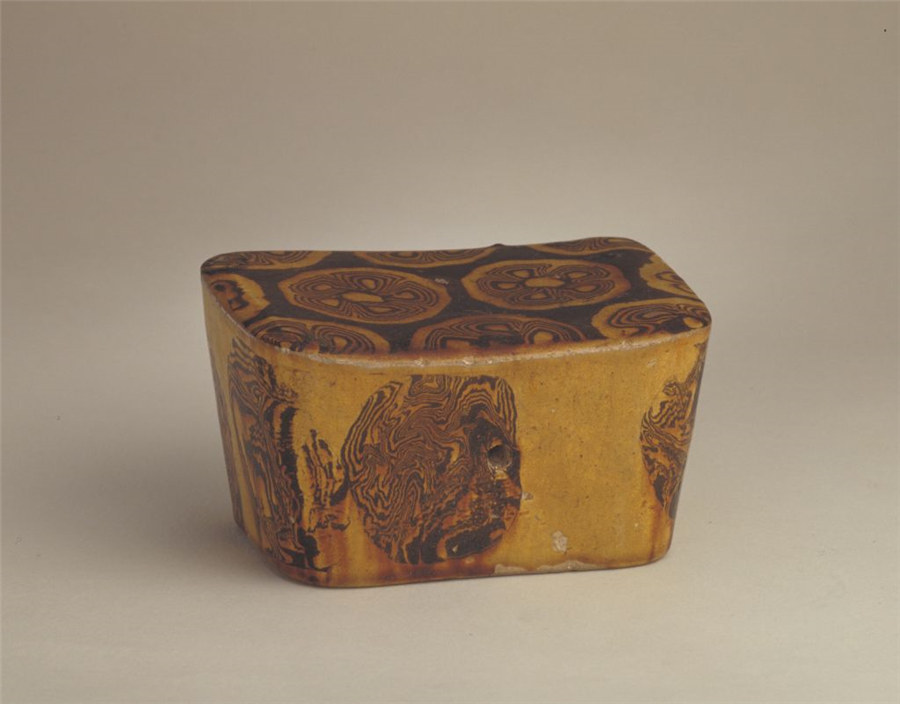Culture Insider: The evolution of pillows in ancient China


During the Warring States period (475-221 BC), pillows in China presented a certain level of craftsmanship and delicacy. The earliest discovered physical artifact of a pillow in China was a wooden pillow unearthed in a Chu state tomb from this period in Jiangling city of Hubei province, which had primitive designs and simple decorations.
Another notable finding was a well-preserved lacquered wooden bed with a bamboo pillow found in a Chu tomb in Xinyang, Henan province.
Furthermore, significant advancements were made in the silk fabric manufacturing industry during the Warring States period, providing materials for soft pillows. Then silk pillows appeared in the Western Han Dynasty (206 BC-AD 24). From the Warring States period onward, hard and soft pillows became the two main types of sleeping aids.
During the Han Dynasty (206 BC-AD 220) and subsequent periods, pillow designs underwent innovations and gradually became more oriented toward the general populace, becoming more widely accessible and popular.
In ancient China, porcelain pillow, featuring the largest amount and most widely used kind of pillow, was first produced in Sui Dynasty (581-618), gained popularity in the Tang Dynasty (618-907) and experienced a flourishing period in the Song Dynasty (960-1279). Porcelain pillows were used as funeral objects in the beginning, but later they found utility as bedding and for pulse diagnosis.


















